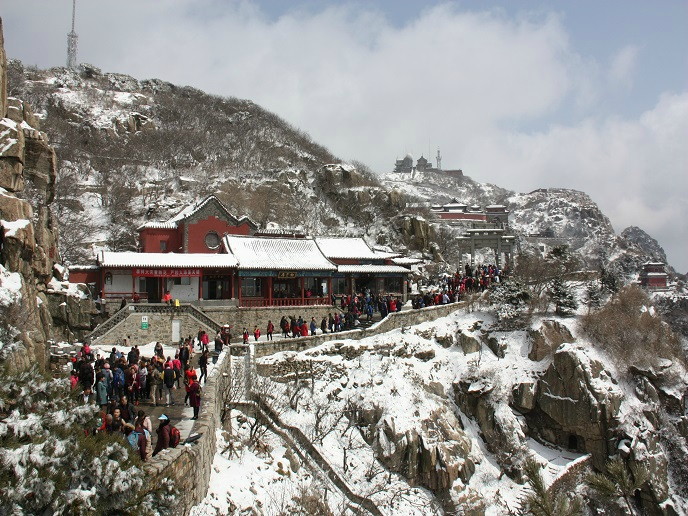Heritage inventory and community empowerment: The answer to shaping geoparks
Talking about the Geopark project, Prof. Yves Girault, project coordinator says: “Because of the lack of methodology, our goal was to study from a comparative perspective (north/south) the processes of heritage making (natural and cultural heritage) in a context of international designation by Unesco.” It was also to question the notion of ‘geoheritage’ according to the Global Geoparks Programme. The project also worked towards analysing the political and territorial dynamics that have built these disparities by geographical areas. “Considering the imbalanced situation between developing and developed countries in a number of global geoparks, this project further aimed to provide suitable support for developing countries on planning and management of geoparks by using the results from a specific case study in Zat Valley in Morocco,” adds Prof. Girault. A closer look at the project’s achievements “The project has contributed significantly to increasing knowledge of the natural and cultural heritage of the Zat Valley,” outlines Prof. Girault. In close collaboration with Moroccan experts in natural sciences and tourism, the Geopark project has also designed a plan for valorisation of geodiversity and selected 13 geosites based on scientific, didactic and touristic interests. Furthermore, through the Zat Valley case study, the project has developed innovative geopark methodology adapted for developing countries. This method combines integrated heritage inventory on geo-bio-cultural diversity and empowerment of local community. “Our ecologists and biologists have also adapted a methodology based on the interpretation of landscapes from the integrative perspective of socio-ecological systems,” notes the Professor. This methodology aims to improve the understanding and enhancement of landscapes within a systematic and interdisciplinary perspective for environmental education and scientific communication. Prof. Girault also reports: “Another notable achievement is that the results of the heritage inventory were exploited though the construction of GIS mapping of Zat Valley. This will ensure accessibility and sustainability of data for a multidisciplinary analysis of the territory.” The project has shared its findings by creating a web-based virtual museum and an itinerary exhibition. The virtual museum enables users to discover local heritages in an enriched interactive map covering different themes. The project’s exhibition, ‘Zat Valley: between heritage conservation and development’, has been delivered to a local youth association. “These are not merely dissemination materials of the project, but they encourage and engage local societies to debate and to rethink the future change of Zat Valley,” Prof. Girault emphasises. Furthermore, the project has organised three autumn/winter schools for students where 18 PhD students from 9 countries participated. Looking to the future Combining the theoretical research and fieldworks in Zat Valley, the project is now able to propose innovative and interdisciplinary methodologies for the co-development of geoparks with local populations, adapted to developing countries of the Global South. The main results will be assembled in a collective book coming out in French and English in 2019. Besides its contribution to geopark-related capacity building for developing countries, the project is expected to build further research and innovation networks between European talents and the Global South. “At this point, promising impacts have been shown by several post-project long-term collaborations,” confirms Prof. Girault.







